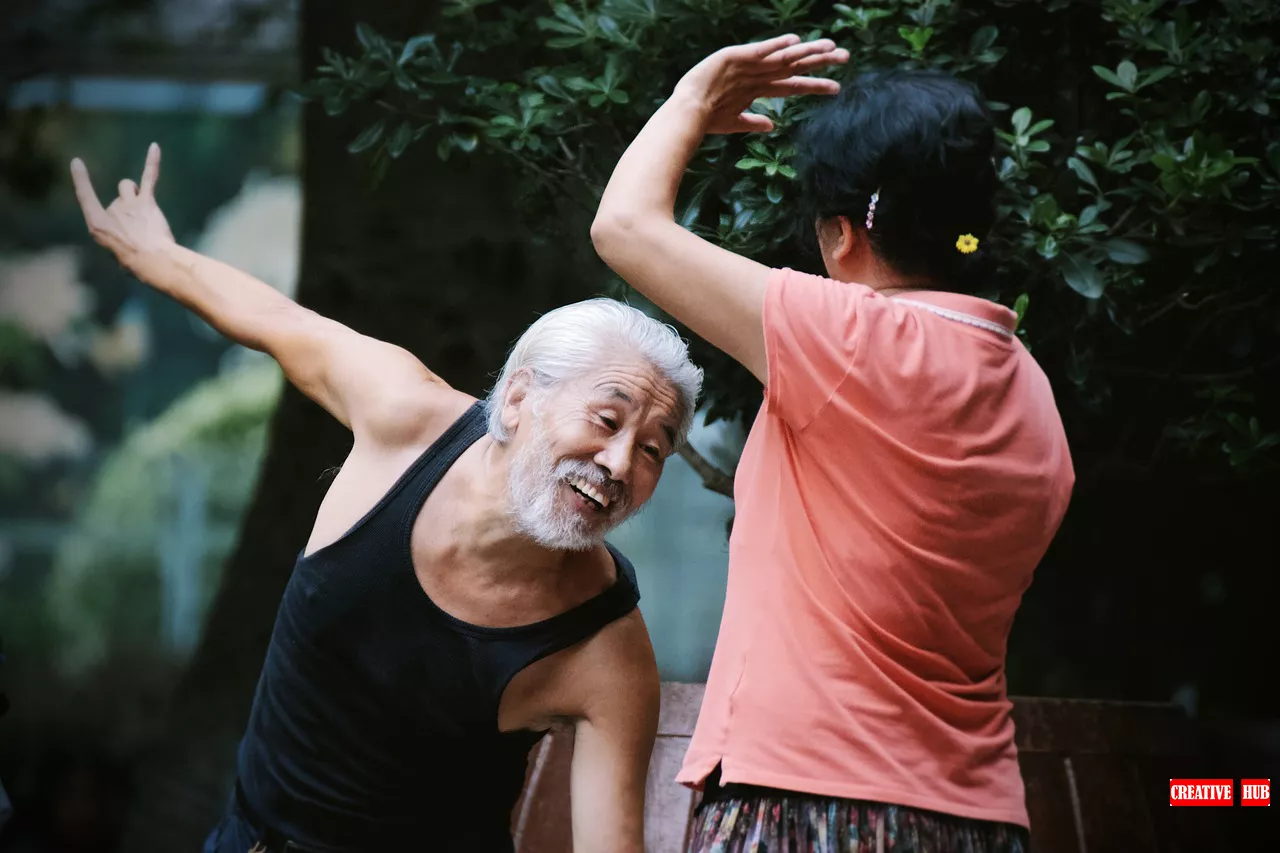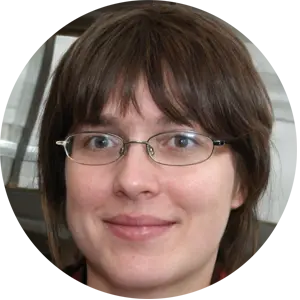In a brightly lit studio, a group gathers with a shared purpose: to dance. But this is not just any dance class. It is a session led by Dance for PD®, an innovative program designed to help people with Parkinson’s. Through the rhythm of the music and the grace of movement, participants find a unique path to healing and empowerment. Founded by the Mark Morris Dance Group in the United States, this program has been a beacon of hope, proving that creativity can transcend physical limitations.
A Global Movement Rooted in Passion
Dance for PD® began with a simple yet profound idea: to use dance to improve the quality of life for those with Parkinson’s. Since its inception, the program has spread worldwide, offering classes in numerous countries and reaching thousands of participants.
The classes are not just about dance; they are about building a community where individuals can express themselves without fear of judgment. This sense of belonging is crucial for many who often feel isolated due to their condition.

Founded over two decades ago in Brooklyn, New York, the program has grown worldwide. Its success lies in its ability to adapt to different cultural contexts while maintaining a core philosophy that is universally understood: dance as a form of expression and therapy. The timing of its expansion coincides with a growing recognition of the arts as a vital component of holistic health care.
The Science Behind the Steps
Research has shown that dance can significantly impact the physical and mental well-being of those with Parkinson’s. The rhythmic nature of dance helps improve balance, coordination, and mobility, which are often affected by the disease. Additionally, the social interaction and mental engagement required in dance classes can improve mood and cognitive function.
Neurology and movement disorders experts have praised the program’s innovative approach. Dr. Joseph Friedman, a renowned neurologist, states, “Dance for PD® is not just about movement; it’s about creating a new way of thinking about one’s body and capabilities. It challenges the conventional boundaries of therapy.”
Stories of Transformation
The transformative impact of Dance for PD® is best illustrated through the stories of its participants. Take, for example, the story of Jane, a retired teacher who was diagnosed with Parkinson’s five years ago. She describes her first dance class as a revelation: “For the first time, I felt free from the shackles of my diagnosis. The music and movement allowed me to express myself in ways I never thought possible.”
Another participant, Tom, shares a similar sentiment. After joining Dance for PD®, he noticed improved physical symptoms and newfound confidence. “Dancing has given me back a part of myself that I thought was lost,” he says. These personal stories highlight the program’s profound impact, inspiring others facing similar challenges.
Training and Professional Development
The success of Dance for PD® is also attributed to its comprehensive training programs for instructors. These programs ensure that teachers are equipped with the necessary skills to cater to the specific needs of Parkinson’s patients. The training emphasizes creativity, empathy, and adaptability, allowing instructors to create a supportive and inclusive environment.
Continuing professional development is a cornerstone of the program, with regular workshops and seminars to keep instructors up-to-date with the latest research and techniques. This commitment to excellence ensures that participants receive the highest quality of care and instruction.
The Future of Dance for PD®
Looking ahead, Dance for PD®’s future appears bright. With an increasing body of research supporting its benefits for Parkinson’s, the program has the potential for further expansion. Partnerships with healthcare providers and institutions could make dance part of Parkinson’s therapy.
The potential impact of Dance for PD® extends beyond individual participants. By raising awareness of dance’s benefits, the program is helping to change perceptions of Parkinson’s disease and the role of the arts in healthcare. As society continues to explore the intersection of creativity and medicine, Dance for PD® stands as a testament to the healing power of art.
In a world where Parkinson’s can often feel like a solitary journey, Dance for PD® offers a lifeline—a reminder that there is hope, connection, and joy through creativity. As the music plays and the dancers move, they are not just participating in a class but partaking in a celebration of life and resilience.
Expanding Accessibility and Inclusivity
As Dance for PD® continues to grow, expanding accessibility and inclusivity remains a priority. The program is actively working to reach more underserved communities, particularly in rural areas where access to specialized Parkinson’s care may be limited. By partnering with local organizations and leveraging technology, such as online classes, Dance for PD® aims to bridge the gap and make its life-changing benefits available to a broader audience.
One innovative approach has been the introduction of virtual classes, which gained momentum during the COVID-19 pandemic. These online sessions have allowed participants to continue their practice during social distancing and opened doors for those who might otherwise be unable to attend in-person classes due to geographic or mobility constraints. This digital transformation has been pivotal in fostering a sense of global community among participants, allowing them to connect across borders and share their experiences.
Community Impact and Testimonials
Beyond the individual benefits, Dance for PD® has significantly impacted communities by fostering a culture of empathy and understanding. Family members and caregivers often witness remarkable changes in their loved ones, which can transform familial dynamics and offer a renewed sense of hope.
Mary, whose husband has been attending Dance for PD® classes for over a year, shares her perspective: “The change in him is incredible. Not only is he more active, but he’s also more positive and engaged with life. It has brought us closer as a family because we see him happy and thriving.”
These community testimonials underscore the program’s ripple effect, highlighting how it enriches participants’ lives and positively influences their immediate social circles.
Research and Innovation
Ongoing research continues to explore the scientific underpinnings of why dance is so beneficial for Parkinson’s patients. Recent studies are delving into the neuroplasticity effects of dance, examining how rhythmic movement can stimulate brain regions associated with motor control and emotional regulation. Such research is crucial for further validating and enhancing the therapeutic approaches used in Dance for PD®.
The program also explores innovative collaborations with technology companies to integrate wearable devices that track and analyze participants’ movements. This data-driven approach could offer personalized feedback and improvements, tailoring classes to meet individual needs better and maximizing therapeutic outcomes.
Advocacy and Awareness
Dance for PD® is also making strides in advocacy, working to raise awareness about Parkinson’s disease and the potential of arts-based interventions. By engaging with policymakers, healthcare professionals, and the general public, the program aims to shift the narrative around Parkinson’s, emphasizing the possibilities for improved quality of life through creative means.
Through public performances, workshops, and seminars, Dance for PD® showcases the talents and resilience of its participants and educates audiences about the challenges and triumphs associated with Parkinson’s. This advocacy work is crucial in fostering a more inclusive and supportive society for those with the disease.
Dance for PD® exemplifies the transformative power of art in healthcare, offering a beacon of hope and a path to empowerment for those living with Parkinson’s disease. As it continues to expand and innovate, the program changes lives and challenges societal perceptions of illness and ability. Through the universal language of dance, participants find healing, connection, and joy, proving that the human spirit can soar even in the face of adversity.

Emma Smith is a passionate writer and content creator focused on the latest trends in the arts, design, and creative industries. With a keen eye for innovation and creativity, she shares insights and updates that inspire professionals and enthusiasts alike.





